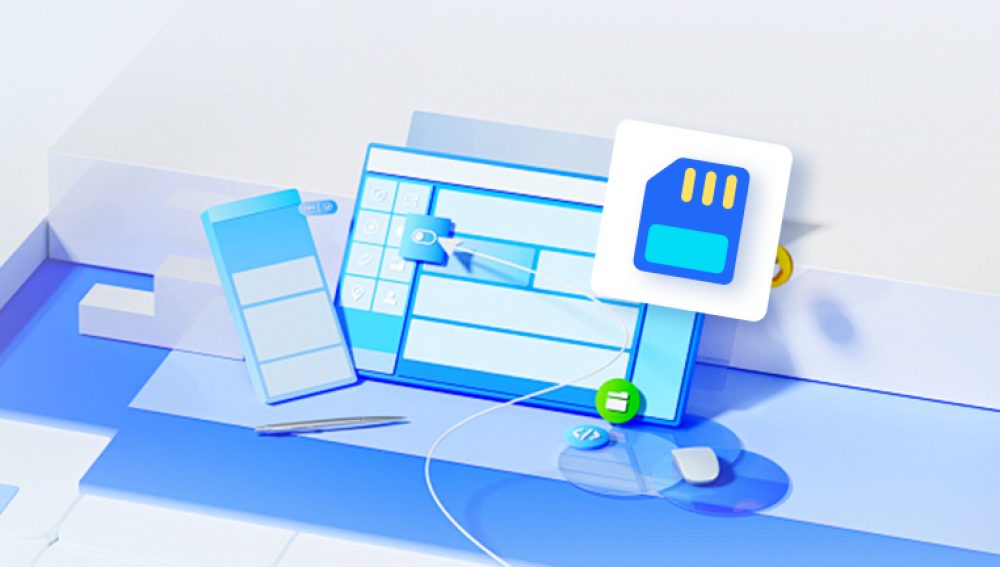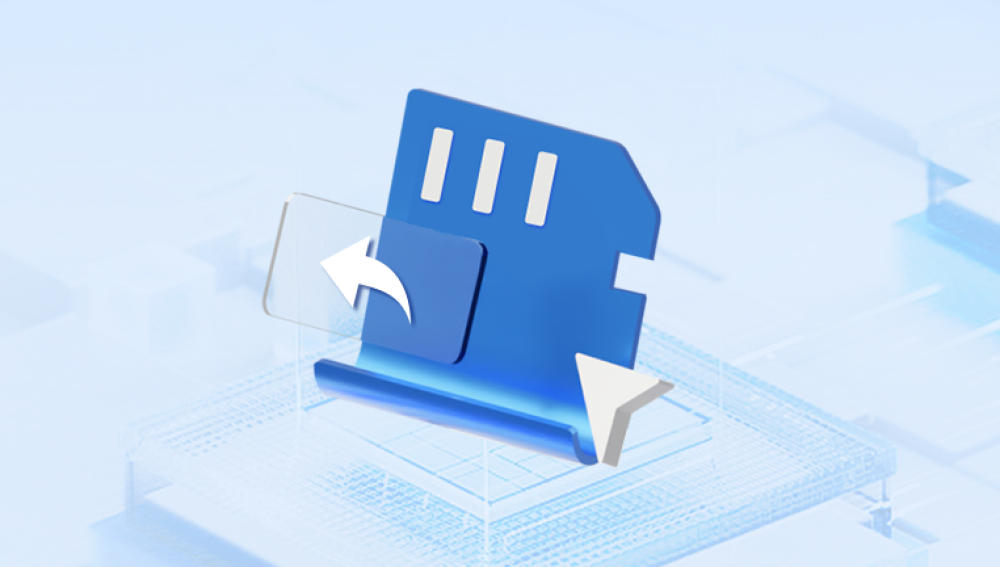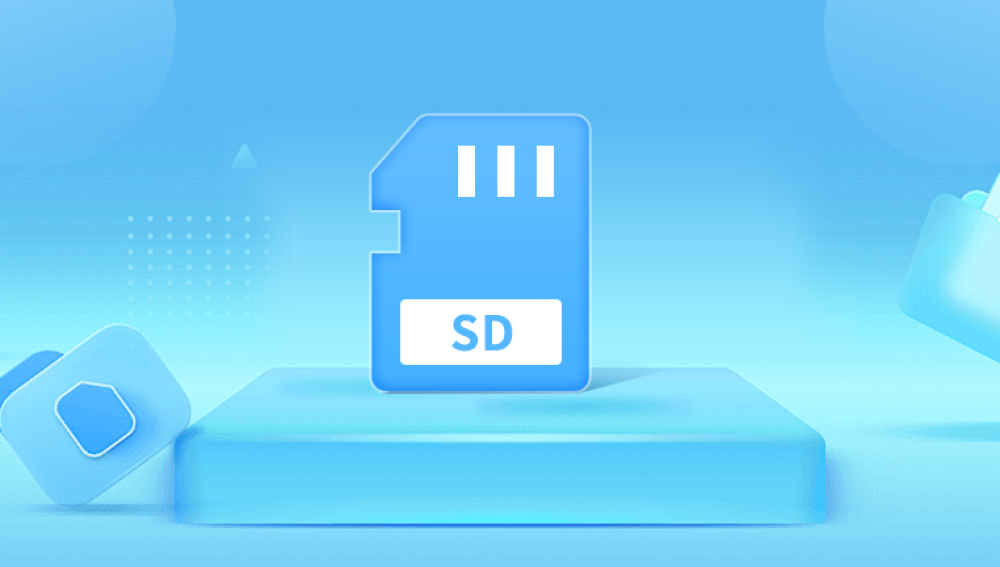Formatting an SD card for a game camera is a straightforward but essential process to ensure optimal performance and avoid compatibility issues.
Why Formatting Is Essential for Game Cameras
Before we explore the steps for formatting an SD card, let’s understand why it’s so important.
Ensures Compatibility: Game cameras often have specific requirements for SD cards in terms of file system and storage capacity. Formatting an SD card ensures it meets the exact file structure and format needed for your camera.
Prevents Corruption: Using an unformatted or improperly formatted SD card can lead to file corruption. If you reuse SD cards across devices without reformatting them, there may be remnants of data or incompatible file structures that cause performance issues.

Optimizes Storage: Formatting removes unnecessary files and folders and restores the card to its full capacity. This ensures that your game camera can use the maximum space available for new recordings.
Boosts Performance: A properly formatted SD card improves read and write speeds, allowing the camera to save images and videos without lag, which is essential for capturing fast-moving wildlife.
Removes Malware: Formatting also cleans up any possible malware or unwanted files that could hinder the camera's performance, which is especially useful if you use the SD card across various devices.
Understanding SD Card Types for Game Cameras
SD cards come in different types and sizes, and it’s essential to choose the correct one for your game camera. The most common types are:
Standard SD Cards: These are usually 2 GB or less and use the FAT16 file system. They are relatively rare today, but some older game cameras may still require these.
SDHC (Secure Digital High Capacity): These cards range from 2 GB to 32 GB and use the FAT32 file system. They are the most commonly used SD cards for modern game cameras.
SDXC (Secure Digital Extended Capacity): These cards can hold up to 2 TB and use the exFAT file system. If your game camera supports larger storage capacities, an SDXC card may be ideal.
UHS-I and UHS-II Cards: These cards offer faster read/write speeds, which are crucial if your game camera captures high-resolution images or videos.
How to Format an SD Card for a Game Camera
Step 1: Choose the Right SD Card
Before formatting, ensure you have the right SD card for your camera. Check the camera’s user manual or the manufacturer’s website for specific recommendations about the card’s size, speed, and file system compatibility.
Most game cameras today use SDHC cards, as they provide a good balance of storage capacity and speed. However, for more advanced cameras that record high-definition videos or photos, an SDXC card may be necessary.
Step 2: Backup Important Data
Formatting will erase everything on the SD card. If there are any important images, videos, or other files you want to save, back them up to your computer or external drive.
Step 3: Insert the SD Card into the Game Camera or a Card Reader
Once you've backed up your data, insert the SD card into the camera's SD card slot or use an external card reader to insert it into your computer.
Formatting via Game Camera
Most game cameras allow you to format SD cards directly from the camera’s settings menu. This is often the simplest method, as it automatically applies the correct file system and format type for your camera.
Turn on the Camera: Ensure the camera has enough battery life to complete the formatting process.
Access the Settings Menu: Navigate through the camera’s menu options and look for “Format” or “Erase SD Card.”
Select the Format Option: Follow the on-screen prompts to format the card.
Wait for the Process to Complete: This usually takes a few seconds. After formatting, your SD card will be clean and ready to use.
Formatting via Computer
If your game camera doesn’t have an option to format the SD card or you prefer doing it on your computer, follow these steps:
Windows Users:
Insert the SD Card into Your Computer’s Card Reader: The card should appear as a removable drive.
Open 'File Explorer': Right-click on the SD card in the list of available drives and select "Format."
Select File System: Choose FAT32 for SDHC cards and exFAT for SDXC cards. Ensure “Quick Format” is checked.
Start Formatting: Click “Start” to begin the process. A notification will appear once it is complete.
Mac Users:
Insert the SD Card into Your Mac: Open the “Disk Utility” app (found in Applications > Utilities).
Select the SD Card: From the list of drives, select your SD card.
Erase the SD Card: Click on the “Erase” button and choose either FAT32 or exFAT as the format type, depending on the card type.
Format: Click “Erase” to complete the formatting process.
Step 4: Verify the SD Card Format
Once the formatting is complete, it’s a good idea to check if the SD card is working properly with your game camera. Insert the SD card into the camera and take a few test shots or videos. Check that the camera can save the files to the SD card and review them.
Common Formatting Mistakes to Avoid
Choosing the Wrong File System: Make sure to choose the correct file system for your SD card type. Using FAT32 for cards over 32 GB (which require exFAT) will lead to compatibility issues.
Not Ejecting the Card Properly: Always safely eject the SD card from your computer after formatting. Removing it prematurely can corrupt the card.
Skipping the Backup: Always backup your files before formatting, as the process will erase everything.
Tips to Extend SD Card Life in Game Cameras
Use High-Quality Cards: Invest in durable SD cards designed to withstand outdoor conditions. Many SD cards are labeled as "weather-resistant" or "rugged," meaning they can handle moisture, temperature fluctuations, and dust.
Format Regularly: Regular formatting helps maintain the card’s performance by clearing out unused data and ensuring the file system remains optimized.
Avoid Overfilling the Card: Game cameras record lots of data quickly, and if the card becomes too full, it may slow down or fail. Regularly check and offload the data to avoid overloading the card.
Handle the Card with Care: When inserting or removing the SD card from your camera or computer, handle it gently. Avoid touching the metal contacts, as static electricity or dirt can damage them.
Use a Compatible Card Reader: Ensure that the card reader you use for transferring data from the SD card to your computer is compatible with the card’s type and speed.
Keep the Camera's Firmware Updated: Game camera manufacturers release firmware updates that improve compatibility with newer SD card formats or sizes. Keeping your camera’s firmware up to date ensures optimal performance with your SD cards.
Consider Rotating Multiple Cards: Instead of using the same SD card continuously, consider rotating between two or more cards. This ensures that each card has a chance to rest and reduces wear from constant use.
Troubleshooting Common SD Card Issues
Despite taking precautions, you might encounter issues with SD cards. Here are a few common problems and how to address them:
SD Card Not Detected: If your game camera does not detect the SD card, try reinserting it or using a different card. If the problem persists, the card might be corrupted, or the camera may need a firmware update.
Error Message During Formatting: If you receive an error message while formatting the SD card on your computer, the card may be locked (check the physical lock switch on the side of the SD card), or it might be corrupted. Try using a different card reader or another computer.
Slow Write Speeds: If your SD card is slow, it might be nearing the end of its lifespan, or it could be filled with fragmented data. Reformatting the card often solves this problem.
Files Become Corrupted: If files are getting corrupted or disappearing from the SD card, reformat the card and consider using a new one if the issue persists. A damaged or counterfeit SD card may also be the root cause.




